India’s Tejas LCA vs Pakistan’s JF-17 Thunder
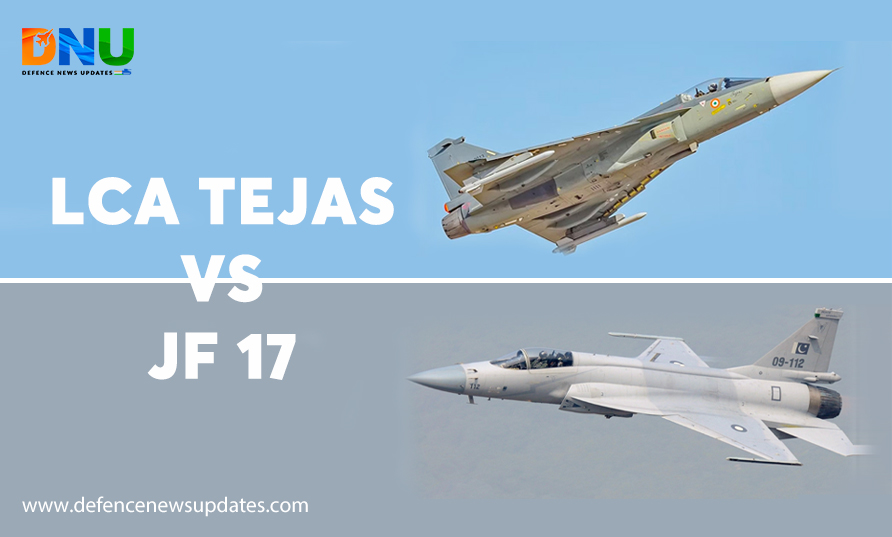
- Both aircraft have undergone several upgrades and improvements over the years, and their capabilities continue to evolve.
- Both aircraft have undergone several upgrades and improvements over the years, making them capable of meeting the unique requirements of their respective air forces.
The government of India has signed a deal with Hindustan Aeronautics Ltd. worth Rs 48,000 crore to buy an extra 83 Tejas light attack aircraft made in India. The deal is the biggest in the history of the military aircraft industry in India. Earlier, an order for 40 Tejas planes was put out, bringing the total number of fighter jets made by HAL to 123. Tejas is a single-engine, multi-role, fast fighter plane that will replace the old MiG-21 Bison jets from the Soviet era and make the IAF better at fighting.
On the other hand, the Pakistan Air Force is proud of the JF-17 Thunder, which was made in part with help from China but is seen as a homegrown fighter jet. Pakistan recently updated its JF-17 Thunder jet, which fights with the Indian Air Force’s HAL-Tejas LCA, to give it more firepower. Here’s how the JF-17 Thunder from the Pakistan Air Force compares to the Tejas LCA from the Indian Air Force:
Difference between India’s Tejas LCA and Pakistan’s JF-17 Thunder
| Key Areas | LCA Tejas | JF-17 Thunder |
| Manufacturer | Hindustan Aeronautics Limited (HAL) | Chengdu Aircraft Industry Group/ Pakistan Aeronautical Complex |
| Role | Multirole Light Fighter | Multirole Combat Aircraft |
| Produced | 2001- Present | 2008- Present |
| Units Produced | 34 | 150 |
| Unit Cost | 23-42 million USD | 25-32 million USD |
| Maximum Speed | 2205 km/hr | 1960 km/hr |
| Maximum Height | 52,500 ft. | 55,500 ft. |
| Mid Air Refueling | Present | Absent |
| Required Take Off Distance | 460 m | 609 m |
| Landing Distance | 750 m | 823 m |
History
Tejas LCA: India has been buying fighter jets from countries like Russia, France, and Britain for a long time. This is because Hindustan Aeronautics Limited has a contract to make the planes in India. But in the 1980s, HAL began the Light Combat Aircraft (LCA) program to replace the old MiG-21, which was made by the Soviet Union.
The former Prime Minister of India gave the LCA its name, Tejas. The fighter plane was made in India and joined the Indian Air Force. At first, the IAF ordered 20 Tejas jets, and in 2016, the Flying Daggers became the first Tejas Squadron. IAF has put in an order for 40 Tejas Mk 1s so far, including 32 single-seat planes and 8 planes with two seats. IAF has also made plans to buy 83 more fighters in the Mk 1A version.
JF-17 Thunder: Pakistan has relied on China, the US, and Russia for a long time when it comes to air power. In 1995, Pakistan and China signed an agreement that said they would work together to create and build a new fighter. At the same time. Mikoyan, which made the MIG line of planes in the USSR, joined the project to help with “design support.”
The result was the JF-17 Thunder or CAC FC-1 Xiaolong, which was mainly made to meet the Pakistan Air Force’s need for an affordable, modern, multi-role attack aircraft. Yang Wei, China’s “ace designer” who also made the Chengdu J-20, was in charge of making the JF-17. 58% of the fighter jet’s airframe comes from Pakistan, and 42% comes from China or Russia. As of 2017, the Pakistan Aeronautical Complex had made 70 planes of type Block 1 and 33 jets of type Block 2 for the Pakistan Air Force.
Specification
The fighter jet made by HAL is best as a single-seater, but it can be made into a two-seater based on what the armed forces need, which is mostly for training. Compared to attack jets made by other countries, this one is light and easy to use. Its delta-shaped wings also make it stand out.
It is driven by a single General Electric engine with a dry thrust of 53.9 kN (12,100 lbf) and an afterburner thrust of 90 kN (20,200 lbf). It is 13.2 meters long and has wings that are 8.2 meters wide. The plane weighs 6500 kg (dry) and 13000 kg (total) when it takes off. The Tejas can travel 500 km with drop tanks and can go as fast as Mach 1.8 (2222 km/h). The Tejas can carry laser-guided bombs, air-to-air and air-to-surface missiles, anti-ship missiles, and Israel’s Elta EL/M-2032 multi-mode fire control radar.
The JF-17 Thunder is a single-engine airplane that can be set up with either one or two seats. It can go as fast as Mach 1.6 (1975 km/h), is 14.93 m long, and has wings that are 9.48 m wide. The plane weighs 6,586 kg when it is empty, and it can carry up to 12,383 kg when it takes off.
The Thunder has one Klimov RD-93 afterburning turbofan engine with digital electronic engine control (DEEC). It has a dry thrust of 49.4 kN (11,100 lbf) and an afterburner thrust of 85.3 kN (19,200 lbf). The JF-17 can carry both air-to-air missiles and air-to-surface missiles. It can also carry laser-guided bombs and an Airborne Pulse Doppler Fire-Control Radar made in China.
Upgrades
Both aircraft have undergone several upgrades and improvements over the years, and their capabilities continue to evolve. The Tejas LCA is currently in production, with plans for the more advanced Mark 2 variant in progress. The JF-17 Thunder has also undergone several upgrades, including the addition of an air-to-air refueling capability and advanced avionics.
Conclusion
In conclusion, the battle between India’s Tejas LCA and Pakistan’s JF-17 Thunder represents the pinnacle of indigenous fighter jet development in their respective countries. Both aircraft have undergone several upgrades and improvements over the years, making them capable of meeting the unique requirements of their respective air forces.
It is difficult to declare a clear winner between the Tejas LCA and JF-17 Thunder as they are both capable fighter jets with different strengths and weaknesses. The performance of each aircraft would depend on the specific mission requirements, including the terrain, weather conditions, and objectives. The skill and training of the pilots, as well as the availability of support from ground crews and air defense systems, would also play an important role.


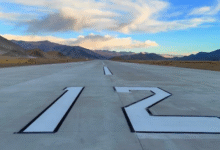
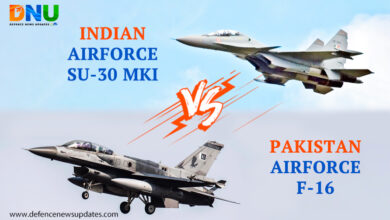
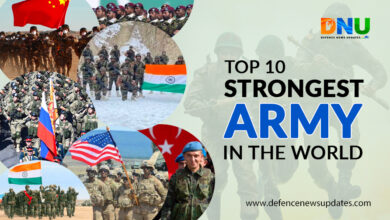

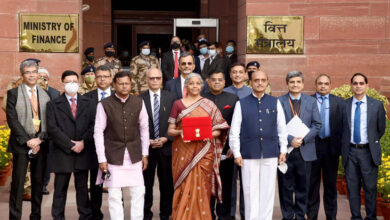
Facebook Comments